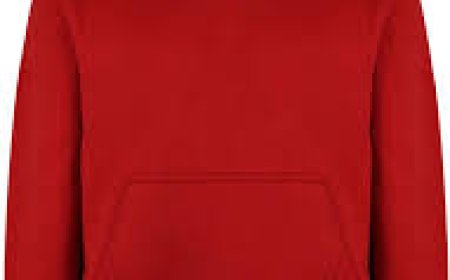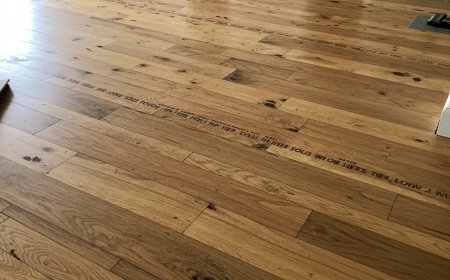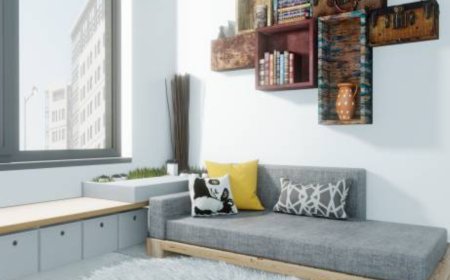The Role of Stainless Steel Strips in Modern Decorative Elements

Introduction
In the world of architectural and interior design, the use of decorative elements has evolved far beyond aesthetics. Today, materials not only need to look good but also offer durability, sustainability, and adaptability. Among the materials leading this transformation are stainless steel strips. These sleek, versatile strips are now a staple in both residential and commercial projects, thanks to their elegant finish, corrosion resistance, and strength.
From modern ceilings and accent walls to trims and sculptures, stainless steel strips have proven their worth. Lets explore how theyve become a favorite in decorative applications and why theyre here to stay.
Why Stainless Steel Strips?
Stainless steel strips are long, thin sheets or coils made from stainless steel alloys. They are often used in a variety of industries for their high tensile strength, corrosion resistance, and formability. However, their rise in decorative applications is driven by more than just functionality.
Key Features That Make Them Ideal for Decorative Elements:
-
Aesthetic Appeal:
Polished or brushed stainless steel offers a clean, modern, and luxurious look. Its reflective surface adds depth and sophistication to any space.
-
Durability:
Stainless steel strips resist rust, fading, and wearmaking them perfect for long-lasting installations, even in high-moisture environments.
-
Versatility:
They can be cut, bent, and shaped into intricate designs, offering endless creative possibilities.
-
Low Maintenance:
Unlike wood or painted metal, stainless steel doesnt require regular refinishing. A simple wipe keeps it shiny and new.
Popular Decorative Applications
1. Wall Panels and Cladding
Stainless steel strips are widely used to add texture and dimension to walls. Whether in commercial lobbies or luxury homes, vertical or horizontal strips create sleek, futuristic accents that elevate plain surfaces.
2. Ceiling Designs
Modern ceiling patterns often incorporate metallic strips as borders, grids, or geometric inserts. They reflect light beautifully and add a sense of height and spaciousness to the room.
3. Furniture and Fixtures
Designers are increasingly integrating stainless steel strips into furniture frames, cabinet trims, and shelving units. This not only enhances the visual appeal but also reinforces the structure.
4. Exterior Facades
Architects use stainless steel strips in building exteriors for a modern look. Given their corrosion resistance, these strips withstand harsh weather without losing their shine.
5. Art Installations and Sculptures
Artists value stainless steel for its malleability and shine. Decorative sculptures made from stainless steel strips add a contemporary vibe to both indoor and outdoor spaces.
Stainless Steel Strips vs. Other Decorative Materials
|
Material |
Durability |
Maintenance |
Aesthetic |
Cost |
|
Stainless Steel Strip |
High |
Low |
High |
Moderate |
|
Aluminum |
Moderate |
Low |
Medium |
Low |
|
Brass |
Moderate |
Medium |
High |
High |
|
Wood Trim |
Low |
High |
Medium |
Low |
Stainless steel strips strike a balance between durability, visual appeal, and costmaking them ideal for long-term decorative use.
Design Trends Featuring Stainless Steel Strips
Minimalism
Simple lines and neutral tones dominate modern design. Stainless steel strips fit perfectly within this aesthetic, adding sleekness without overwhelming the space.
Industrial Style
Raw materials like concrete, exposed pipes, and metal strips define this trend. Stainless steel provides the industrial touch without sacrificing elegance.
Retro-Futuristic Vibes
Think chrome finishes, bold geometry, and reflective surfaces. Stainless steel strips are a top choice to recreate mid-century modern themes with a futuristic twist.
Sustainable & Eco-Friendly Design
Sustainability is a growing concern in the construction and design industries. Stainless steel is 100% recyclable and often made with a high percentage of recycled content. It also has a long lifecycle, reducing the need for frequent replacements.
By sourcing materials from a trusted stainless steel strips supplier, designers and builders ensure that their projects align with eco-friendly goals.
Choosing the Right Stainless Steel Strip
When selecting stainless steel strips for decorative use, consider the following:
-
Grade: Common grades include 304 and 316. Grade 316 offers superior corrosion resistance, making it ideal for outdoor and humid environments.
-
Finish: Choose from mirror, brushed, matte, or satin finishes depending on the desired visual effect.
-
Thickness: Thicker strips are stronger but less flexible. Thinner strips offer more design flexibility.
-
Width and Length: These depend on your project size and pattern requirements.
Work with a reputable stainless steel strips supplier who can offer customizations and consistent quality.
Tips for Installing Stainless Steel Strips
-
Use clean gloves to avoid fingerprints.
-
Avoid sharp tools that may scratch the surface.
-
Use proper adhesives or welding techniques for seamless attachment.
-
Consult a designer or fabricator if the pattern involves curves or complex geometry.
Final Thoughts
Decorative elements are no longer just aesthetic additionsthey define the identity of a space. With stainless steel strips, designers get the perfect blend of beauty and performance. From modern home interiors to cutting-edge commercial buildings, these strips offer unmatched flexibility, durability, and style.
As more projects prioritize sustainability, longevity, and innovation, stainless steel strips will continue to be a go-to choice. Whether youre a designer, architect, or builder, sourcing from a trusted stainless steel strips supplier ensures that your decorative vision is built to last.







































